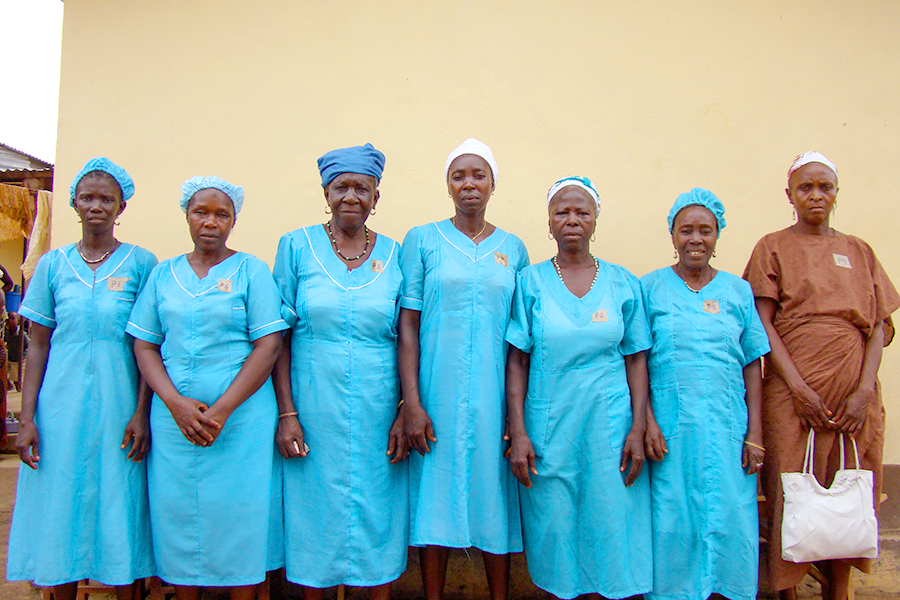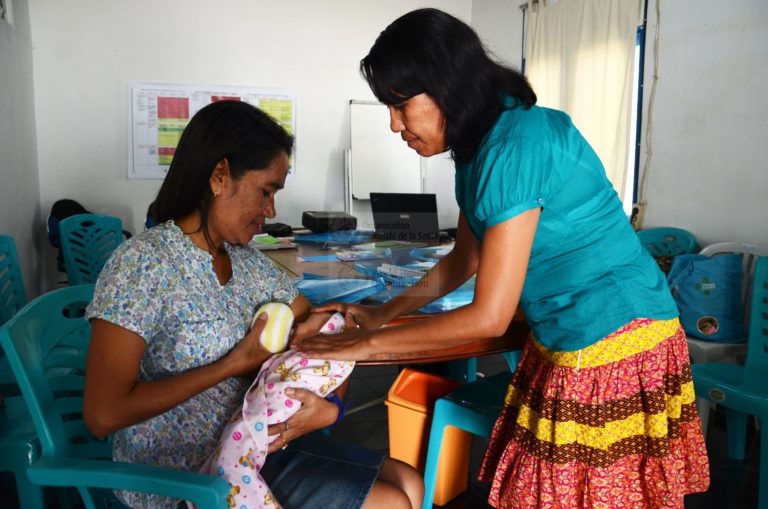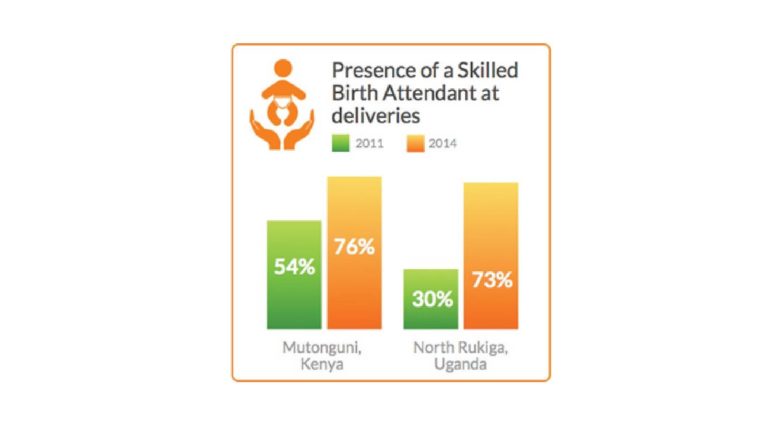Child and Maternal Health: Community Workers and Technology

Share this step
In this article, we are going to explore the AIM Health project in Africa which uses medicine and public health supported by mobile devices (MHealth) and Community Health Workers (CHW) to improve health outcomes. It is an interesting case study of how collaboration between organisations can achieve SDG 3.
Around the world, many organisations play different roles to improve health, and align to the agenda laid out by the SDGs.
For example:
- The World Health Organization (WHO) invests in building health systems, especially in training midwives and in making emergency obstetric care available round the clock. It leads the Partnership for Maternal, Newborn & Child Health, an alliance of more than 700 organisations, in 77 countries, from the sexual, reproductive, maternal, newborn, child, and adolescent health communities.
- Every Woman, Every Child is a global movement that coordinates governments, multilaterals, the private sector, civil society organisations, and NGOs to work together on child and maternal health. This movement is putting into action the Global Strategy for Women’s, Children’s and Adolescent’s health, 2016–2030.
- The World Bank has established the Global Financing Facility. This finances country-led efforts to improve the health of women, children, and adolescents.
 Health Alliance International (HAI) training for midwives in Timor-Leste. © WHO / SEARO /Karen Reidy
Health Alliance International (HAI) training for midwives in Timor-Leste. © WHO / SEARO /Karen Reidy
As we have seen from previous case studies, collaboration between government agencies, local communities, and NGOs can create the most sustainable outcomes. We can see this when global health researchers, NGOs, development agencies, and governments work together. They are trying to push the boundaries of what we know to ensure that new knowledge results in real benefits, and has a positive impact on real lives.
One example of how different groups can work together to improve child and maternal health is the AIM Health project. This is led by a development NGO called World Vision, with funding from Irish Aid, and the Department for International Development in the UK.
AIM Health: Community Health Workers
AIM Health is a five-year programme implemented by World Vision Ireland in five African countries: Sierra Leone, Mauritania, Uganda, Tanzania, and Kenya. Its goal is to reduce infant and maternal mortality rates by 20%. AIM Health provides local communities with skills to improve and manage their own health services. During the course of this programme, over 2,000 Community Health Workers (CHWs) are being trained to deliver simple health messages, such as the importance of breastfeeding as well as simple nutritional advice, directly to the households in their communities.
There are often insufficient numbers of health workers in the health systems of developing countries, and CHWs help to fill that gap by delivering basic services.
 © World Vision 2017
© World Vision 2017MHealth: how health projects impact communities
![A CHW [Hashiru Jalloh] demonstrating the use of the MoTECH Suite application to a Ministry of Health Official [Sidie Yayah Tunis – Director of ICT in the MoH] and a Ministry of Information and Communication Official [Ambrose Levi – Deputy Director, Policy & Planning] during their field visit to assess the application. December 3-4, 2013; Imperi, Bonthe District](https://cdn-wordpress-info.futurelearn.com/info/wp-content/uploads/4c83008f-709c-49c4-80f5-21f94f3b82bf-768x662.png) A CHW [Hashiru Jalloh] demonstrating the use of the MoTECH Suite application to a Ministry of Health Official [Sidie Yayah Tunis – Director of ICT in the MoH] and a Ministry of Information and Communication Official [Ambrose Levi – Deputy Director, Policy & Planning] during their field visit to assess the application. December 3-4, 2013; Imperi, Bonthe District
A CHW [Hashiru Jalloh] demonstrating the use of the MoTECH Suite application to a Ministry of Health Official [Sidie Yayah Tunis – Director of ICT in the MoH] and a Ministry of Information and Communication Official [Ambrose Levi – Deputy Director, Policy & Planning] during their field visit to assess the application. December 3-4, 2013; Imperi, Bonthe District- One group did not receive any mobile phone to support supervision.
- The second group received a phone
- The third group received the phone plus an additional software package.
While there is a rush to use mobile technology within health service provision, it will not always bring lasting benefits and in fact its impact depends on many other factors. They highlighted several important factors to consider when a new mobile health project is being planned and implemented.
Share this

Reach your personal and professional goals
Unlock access to hundreds of expert online courses and degrees from top universities and educators to gain accredited qualifications and professional CV-building certificates.
Join over 18 million learners to launch, switch or build upon your career, all at your own pace, across a wide range of topic areas.
Register to receive updates
-
Create an account to receive our newsletter, course recommendations and promotions.
Register for free








